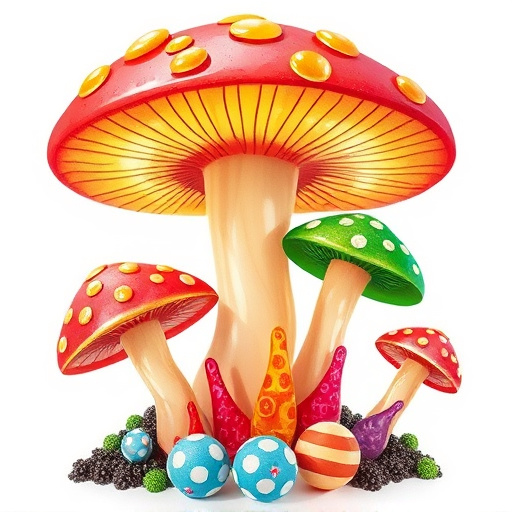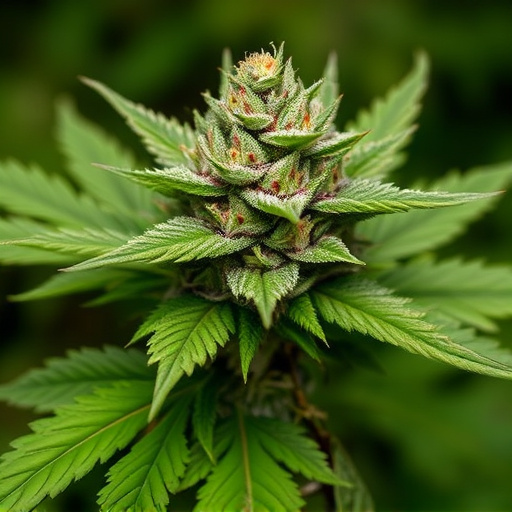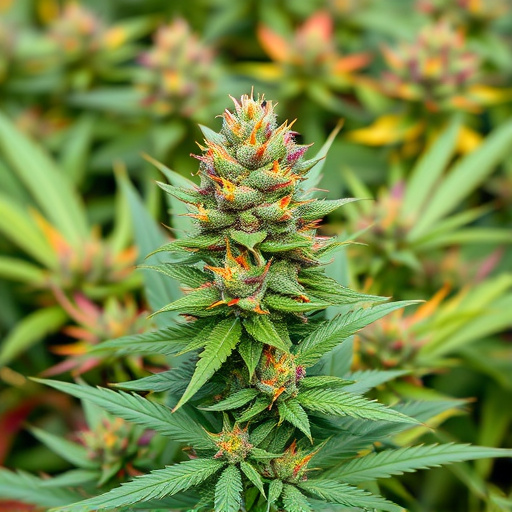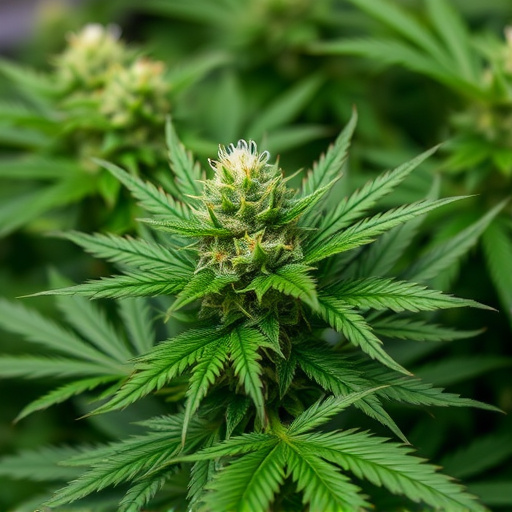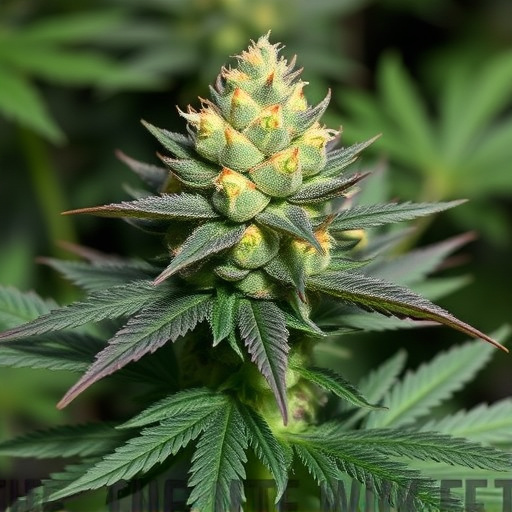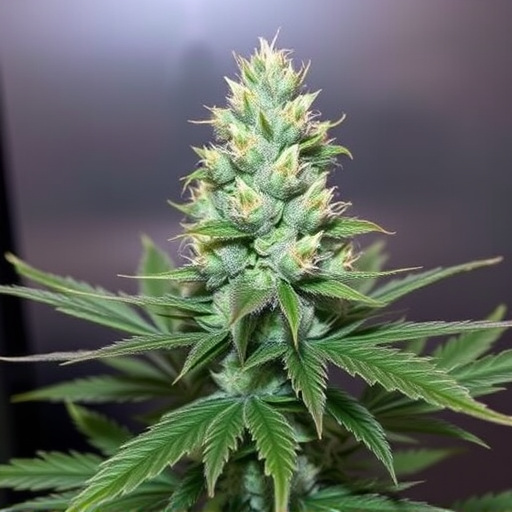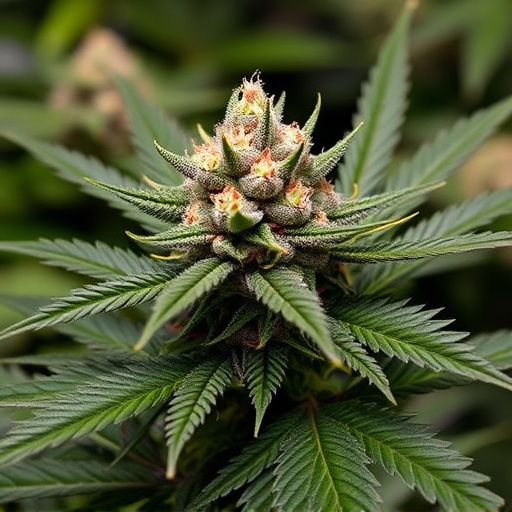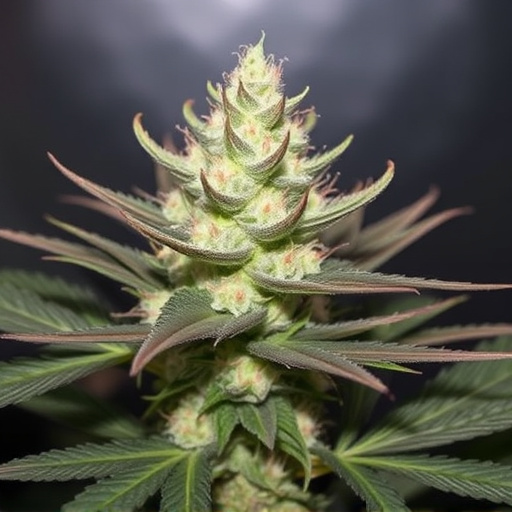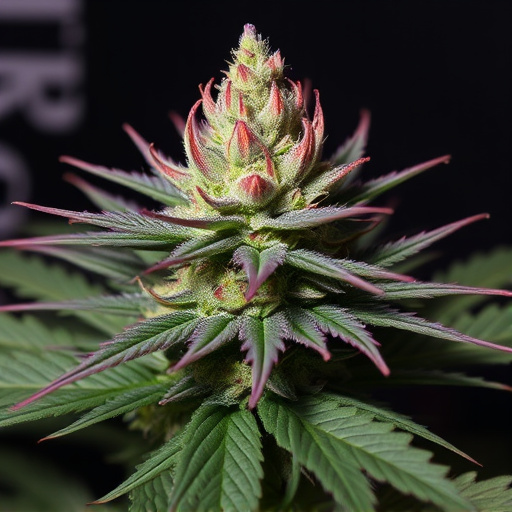Drug tests for marijuana, especially in top shelf cannabis strains, face challenges due to varying THC concentrations, genetic diversity, and cultivation practices. Traditional methods like immunoassays and GC-MS may produce inaccurate results, leading to false positives or negatives. Advanced techniques such as GC-MS are required to accurately detect and quantify cannabinoids, terpenes, and contaminants in potent top shelf cannabis products, ensuring quality control and safety as the legal status of cannabis evolves globally.
Weed, or cannabis, is a growing topic in drug testing. With its rising legalization, understanding how it shows up—or doesn’t—in tests is crucial. This article navigates the intricate world of modern drug screening, exploring its methods and the unique challenges posed by cannabis, especially when it comes to detecting top shelf cannabis strains. We delve into advanced testing techniques used to identify these high-quality products, ensuring safety and compliance in a rapidly evolving industry.
- Understanding Drug Tests and Their Methods
- The Role of Cannabis in Modern Drug Screening
- Detecting Top Shelf Cannabis Strains: A Deep Dive into Testing Techniques
Understanding Drug Tests and Their Methods
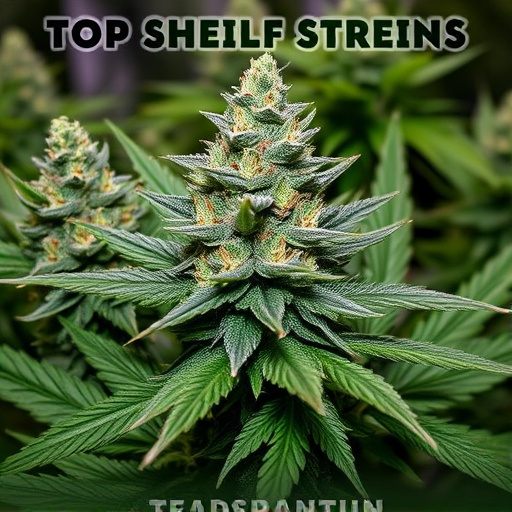
Drug tests have become increasingly common in various settings, from workplace screenings to legal proceedings, as a way to detect substance use. These tests typically look for the presence of specific substances or their metabolic byproducts in an individual’s urine, blood, or hair. The methods employed range from immunoassays, which detect the presence of drug metabolites, to more advanced techniques like gas chromatography-mass spectrometry (GC-MS), capable of identifying even trace amounts of compounds.
When it comes to marijuana, or cannabis, its detection in drug tests can be a complex matter. Top shelf cannabis strains often contain elevated levels of tetrahydrocannabinol (THC), the primary psychoactive compound responsible for its mind-altering effects. However, due to variations in strain genetics and cultivation practices, THC concentrations can significantly differ. This diversity means that a single test may not consistently detect marijuana use, especially if an individual consumes strains with lower THC content.
The Role of Cannabis in Modern Drug Screening
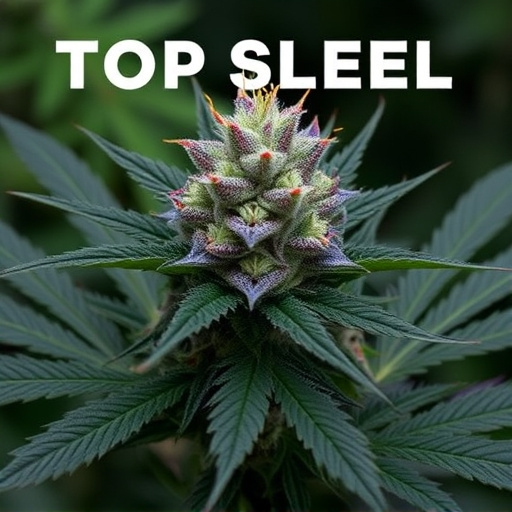
In today’s world, drug testing has become a prevalent practice in various settings, from employment screenings to legal proceedings. One substance that frequently appears on the radar is cannabis, with its growing acceptance and changing legal status globally. The role of top shelf cannabis strains in modern drug screening is complex due to the diverse range of compounds present in the plant, particularly THC (Tetrahydrocannabinol) and CBD (Cannabidiol). While THC is the primary compound responsible for the psychoactive effects associated with marijuana use, CBD has gained attention for its potential therapeutic benefits and lower psychoactivity.
Modern drug tests often target these specific compounds to assess recent cannabis use. However, the varying potencies and concentrations found in different top shelf cannabis strains can impact test results, leading to false positives or negatives. This highlights the importance of understanding the complexity of cannabis biochemistry and the need for more nuanced testing methods that account for individual plant variations. As the legal landscape surrounding cannabis continues to evolve, so too must the technology behind drug screening to ensure accurate and fair assessments.
Detecting Top Shelf Cannabis Strains: A Deep Dive into Testing Techniques
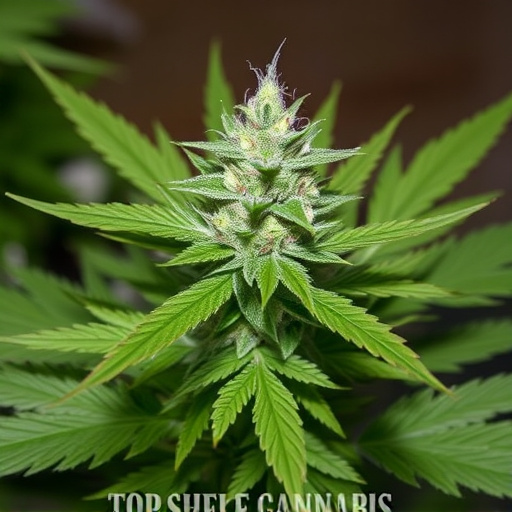
Detecting top shelf cannabis strains involves sophisticated testing techniques that have evolved significantly in recent years. These advanced methods allow labs to identify and quantify various compounds, including cannabinoids and terpenes, present in the plant material. By examining the unique chemical profile of each strain, researchers can ensure consistency and quality control, meeting the high standards set by consumers seeking top shelf cannabis.
One of the key techniques used is gas chromatography-mass spectrometry (GC-MS), which separates and identifies compounds based on their molecular weights. This method provides accurate analysis of cannabinoids like THC and CBD levels, crucial for understanding the potential effects and medical benefits of different strains. Additionally, GC-MS can detect trace contaminants or pesticides, further emphasizing the importance of rigorous testing in producing top shelf cannabis strains that are both potent and safe.
In conclusion, understanding how weed shows up in drug tests is crucial for navigating modern screening practices. As cannabis becomes increasingly legalized and integrated into mainstream society, accurate detection of top shelf cannabis strains becomes a priority. Advanced testing techniques play a vital role in distinguishing between legal use and potential impairment, ensuring fair and effective drug screening across various industries.
